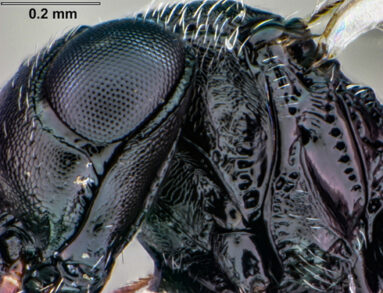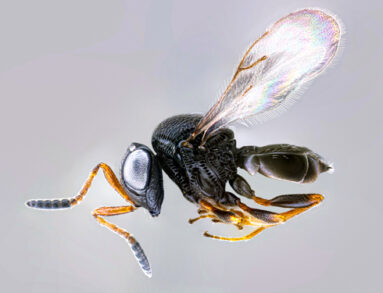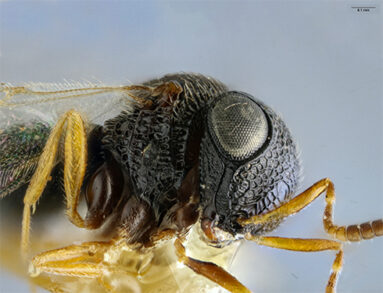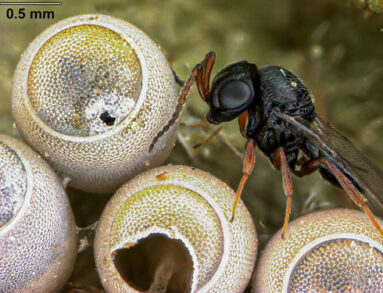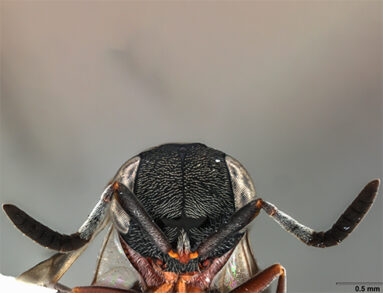HYMENOPTERA
About HYMENOPTERA
Bees, ants and wasps are some of the most recognizable insects, known for their critical role in pollination, their ubiquitous presence, and their stings. Hymenoptera also contains a vast number of microscopic species of parasitoid wasps, which develop in or on a host, killing it in the process of their development. This assemblage is hyper-diverse, but less well known because of their small size. However, they play an essential ecological role by controlling the populations of other insects and they are widely used for biological control of pests. The Florida Department of Agriculture and Consumer Services is involved in multiple projects that use these tiny organisms against invasive insects that threaten the state’s agriculture.
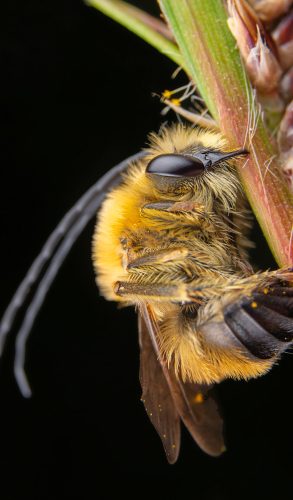
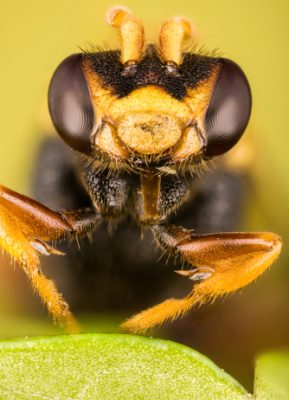
The Florida State Collection of Arthropods (FSCA) has a historic collection of parasitoid wasps in the family Ichneumonidae, the Gupta Collection, with geographic emphasis on south Asia. FSCA also contains the world’s largest collection of orchid bees, which tend to be be very colorful. Presently, the focus of growth for the Hymenoptera collection is Platygastroidea, a group of parasitoid wasps that attack the eggs of other arthropods, as well as the immature stages of gall midges (Cecidomyiidae) and Homoptera. The collection currently contains over 892,300 specimens of Hymenoptera, with over 2,000 genera and nearly 15,000 species identified.
Major contributions to our Hymenoptera collection were made by Virendra K. Gupta (Ichneumonoidea), Charles Porter (Ichneumonoidea) and Robert Dressler (Apidea: Euglossini).
PHOTO COLLECTION
